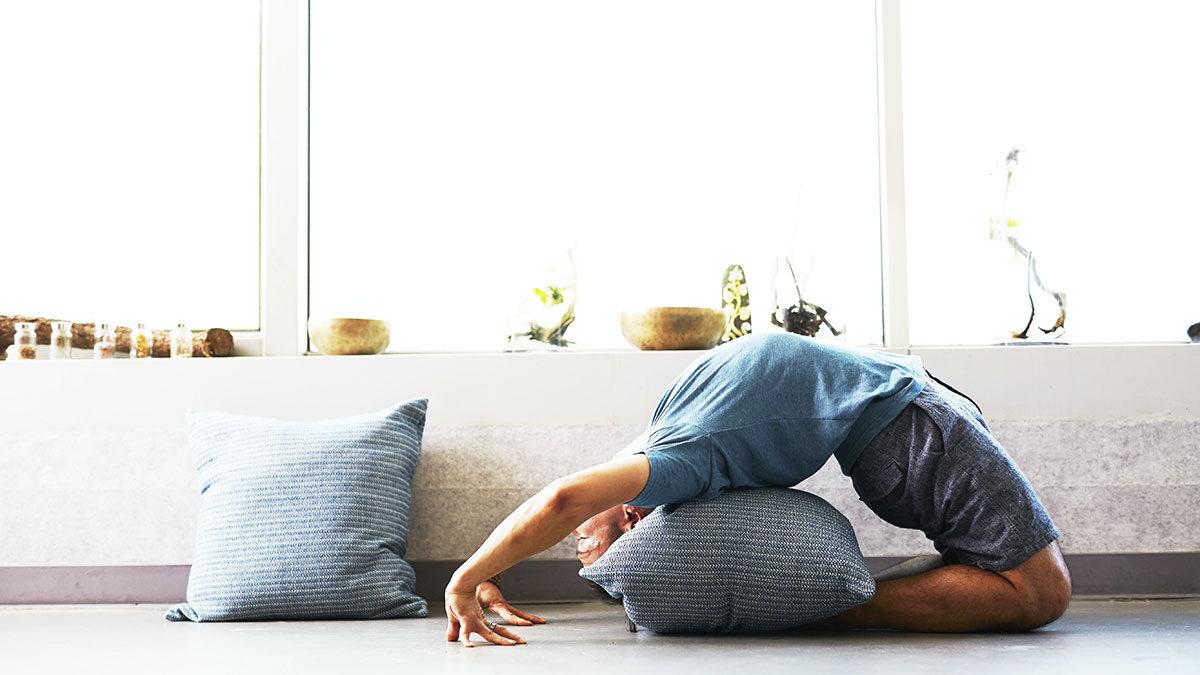There is no doubt that our surroundings impact our mood, health, and ability to function daily. This connection we have with our environment is nothing new. Still, it’s starting to gain traction in the interior design world. More designers focus on creating spaces that foster humans’ connection with the natural world to promote emotional, physical, and mental well-being. From natural light to surroundings that encourage healthy eating, here are essential design tips for creating home interiors that ooze with wellness and relaxation.
Comfort is king
Wellness-focused design is all about making homes as comfortable as possible, but that’s not to say that you must sacrifice your home’s aesthetic appeal. With so many options available nowadays, furnishing and decorating your home means you don’t have to choose between style and comfort. Instead, you can have the best of both worlds. The key is to look for ergonomic pieces that support the human body while still being pleasant to the eye and functional for everyday use.
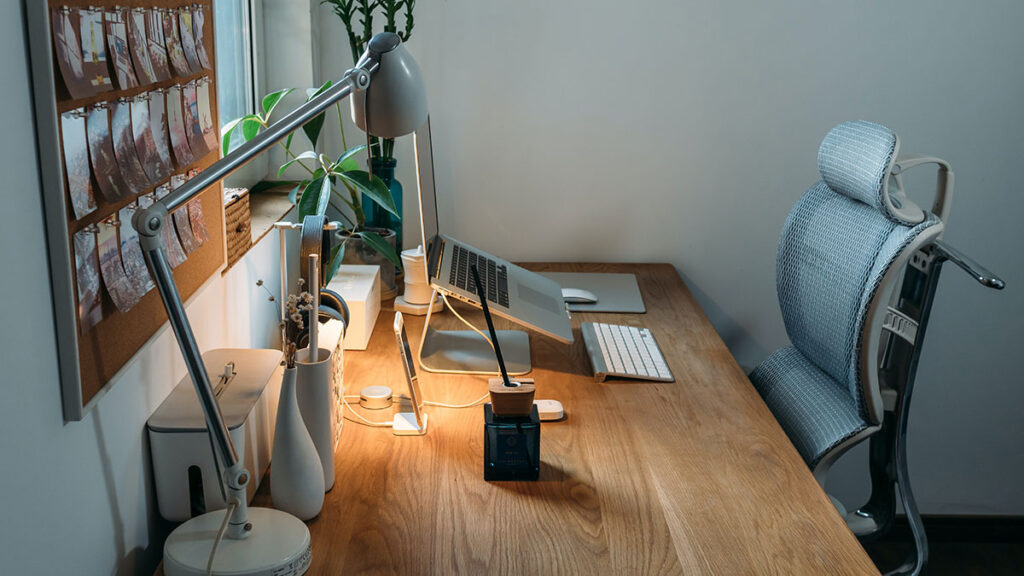
Soothing colors to calm the mind
You may have noticed that your mood changes when surrounded by different colors. This is because colors have a powerful impact on our minds, influencing everything from our energy to our ability to focus. Although they are a matter of personal preferences, one cannot disregard the different roles each of the colors take on. For example:
- Warm colors such as red, yellow, and orange have a stimulating effect
- Neutrals (white, gray, beige) and passive colors (blue and green) tend to relax the mind and have a calming effect
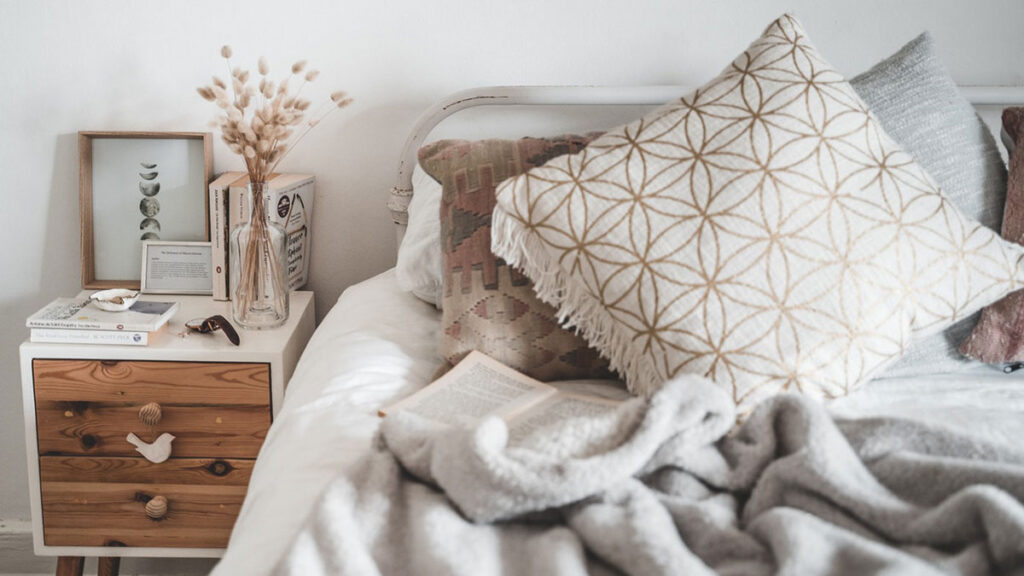
Plenty of sunlight is key
Like colors, light has a tremendous effect on our mood, productivity, and a general sense of well-being. Think about how you would feel in a room with just one small window and then compare it with sitting in a place that has plenty of natural light coming in – which one seems more appealing? Sunlight is essential for our body’s circadian rhythm, which helps regulate. It is also responsible for producing vitamin D and serotonin, which boosts our mood, calms us down, and helps us stay focused.
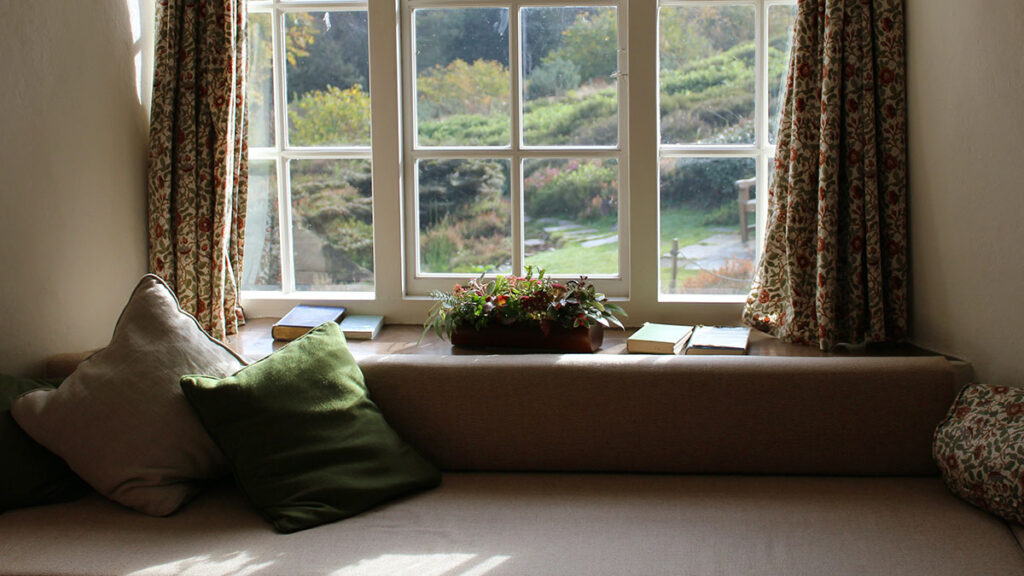
Natural materials as a connection with nature
We can also rely on interior design to foster a connection with Mother Nature to decorate our homes using natural materials. It’s one of the basic principles of biophilic design, which is, in essence, interior design focused on wellness that harnesses our surroundings’ powerful effects to promote health and well-being. To apply this principle at home, incorporate as many natural materials as you can. Organic, eco-friendly materials and rapidly renewable materials (straw, cotton, rubber, bamboo, cork) can help you create a design that is healthy and kind to Mother Nature. The same goes for furniture and decor pieces made from natural materials such as wood built to last.
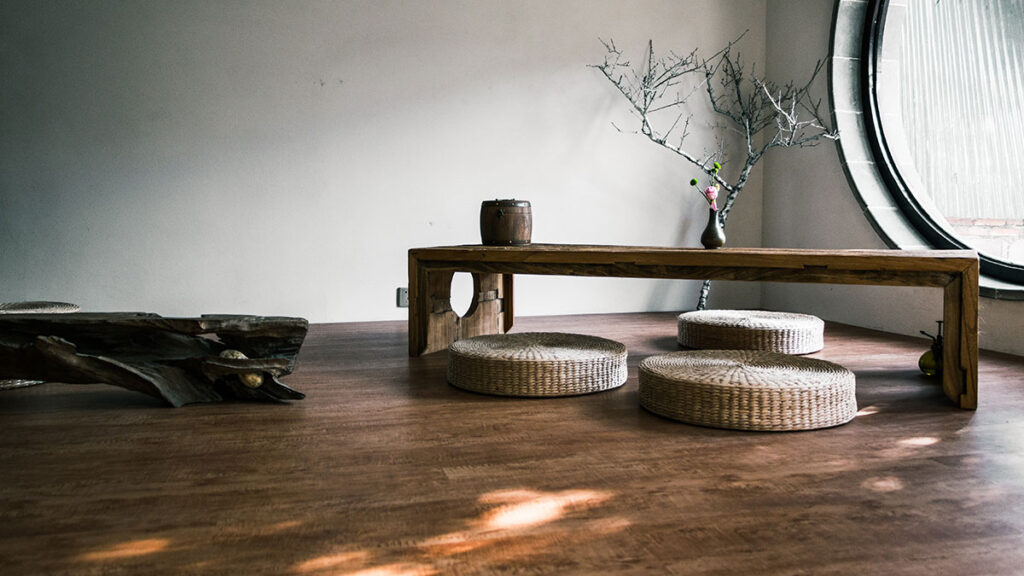
Fresh air and purified water as imperatives
A design that emphasizes wellness and well-being also prioritizes fresh air and purified water. The water purification process is relatively simple and requires installing a water filtration system to purify the water from any toxins and pollutants, usually by relying on the reverse osmosis filters. As for the air, there are a couple of ways to increase its quality, like:
- Using air purifiers
- Installing proper ventilation system
- Choosing non-toxic, zero-VOC paint
- Relying on plants as nature’s air purifiers
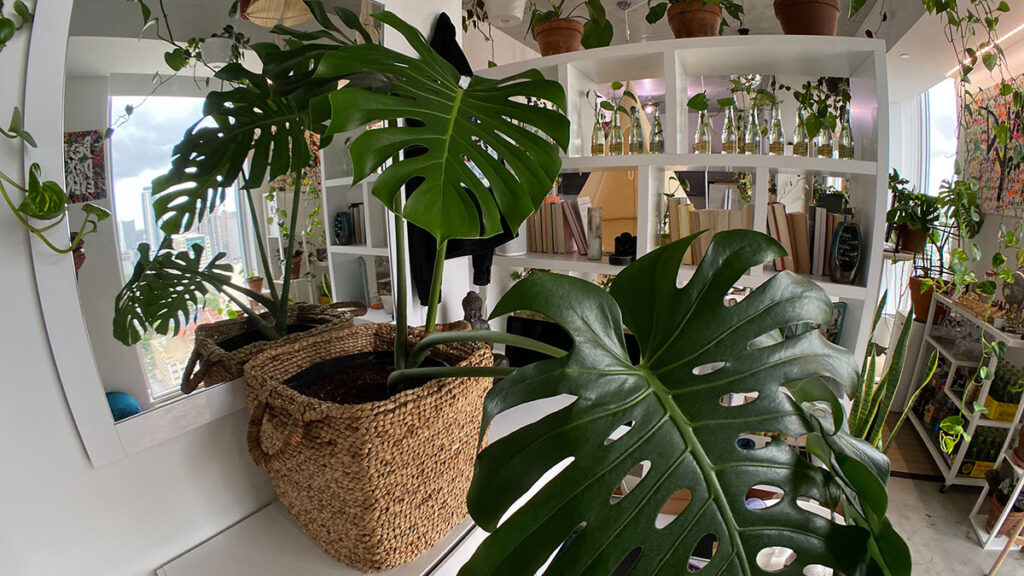
Interiors designed to encourage healthy eating
Wellness-inspired interiors are also designed to encourage healthy eating. They also make it easier for individuals to stick to their healthy eating habits. Some of these healthy design strategies involve
- Designating food preparation areas
- Carefully designing eating spaces
- Using nutritional messaging to promote healthy dietary choices
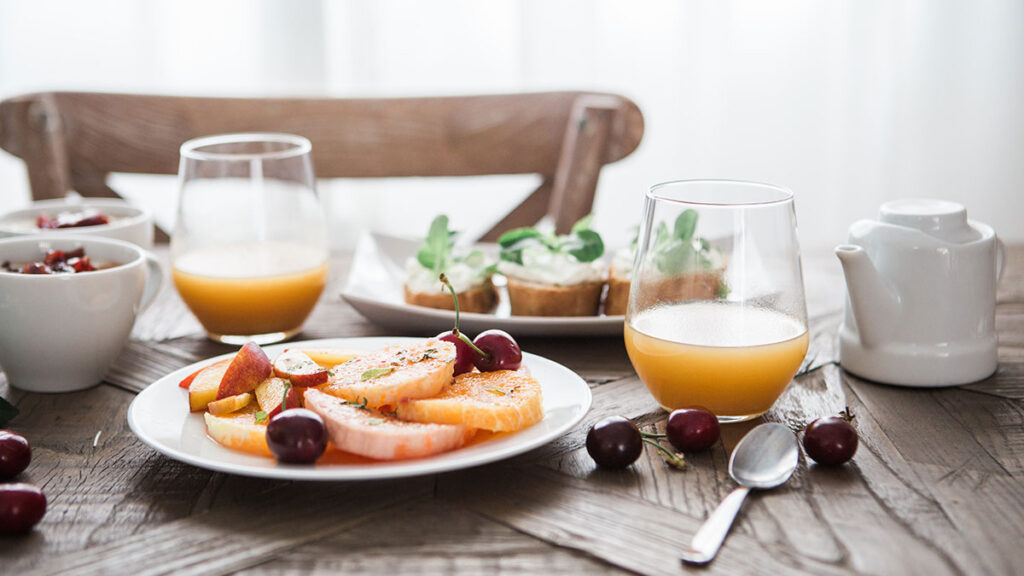
Clutter-free spaces are important
Finally, designing your home for wellness also has to do with tackling items that contribute to visual and physical clutter. For instance:
- Remove anything that doesn’t spark joy
- Display items you love
- Sell or donate things you don’t really like, need, or use
- Finally, organize everything, so it’s tidy and easy to find
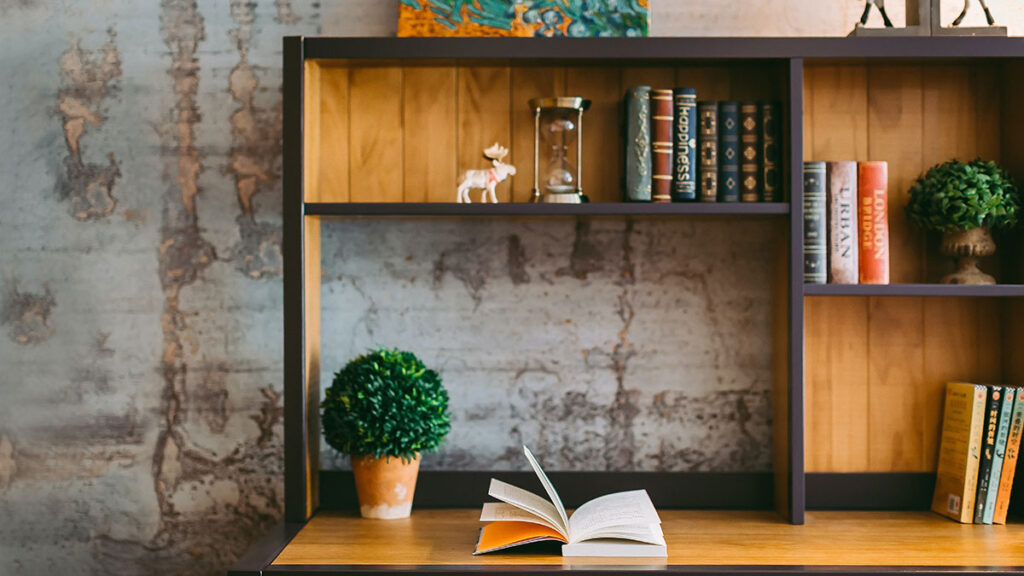
Wrapping up
As we continue to spend more time indoors, we realize the importance of designing our living spaces in a way that promotes health and well-being. Interior designers are taking notes and applying biophilic design principles to create areas in line with ourselves and Mother Nature. After all, we are a part of nature, so it makes sense that our homes would reflect the unbreakable bond between humans and nature.

